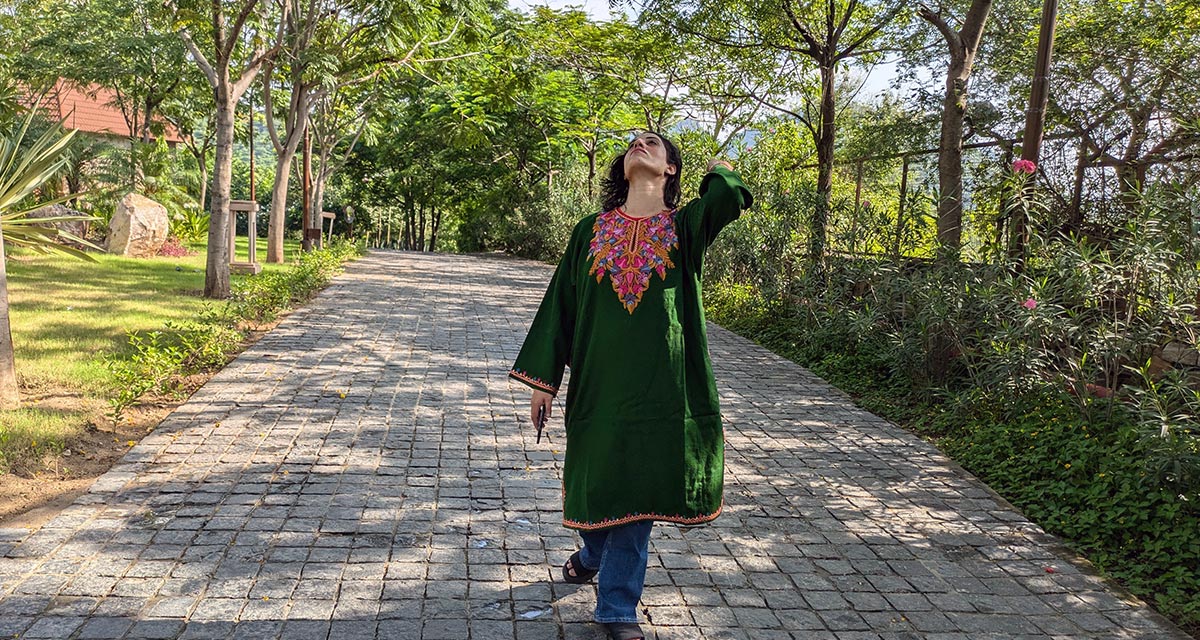Editorial
Is Phiran a Kurta? Exploring the Unique Cultural Garment

At first glance, the Phiran and the Kurta might appear quite similar: both are loose-fitting tunics worn over the body, often paired with pants or trousers. However, they hail from different regions and carry distinct cultural meanings. The Phiran is mostly associated with the Kashmiri culture, while the Kurta is a staple in the broader South Asian wardrobe.
Key Differences in Design and Structure
The Phiran and Kurta share a similar silhouette but differ in design elements. The phiran typically has a more fluid, flowing structure, often with a slightly flared bottom, and is longer than the kurta. Additionally, the phiran’s distinctive feature is its fabric—usually wool or heavy material—compared to the lighter cotton or silk kurtas found elsewhere. Pherans usually have side pockets which Kurtas usually don’t. Phirans are stitched in a different way than the kurta. Pherans have two parallel lines that run across the length along which fabric is stitched kurtas don’t have such disctint lines of joints.
Similarities Between Phiran and Kurta
Both garments are intended to be comfortable, modest, and practical. They share a shared purpose: to provide a loose, non-restrictive fit that makes them ideal for hot and cold climates alike. Both garments are often embroidered and come in a variety of styles depending on the occasion.
Cultural and Functional Distinctions
While the kurta is worn by a wider demographic and across many regions, the phiran is much more specific to Kashmir and holds a stronger cultural association with the region’s history and traditions. Functionally, phirans are thicker and often serve as a winter garment, while kurtas can be worn year-round.
